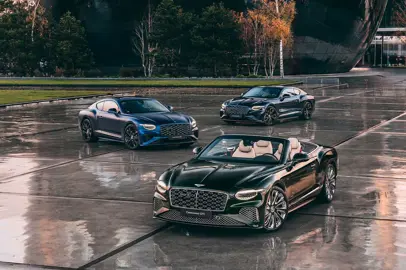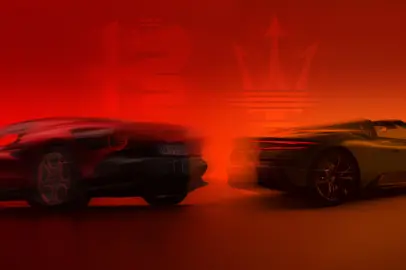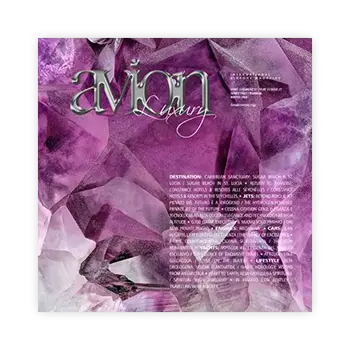Veyron: the audacity of perfection
In the automotive firmament, few names resonate with the same evocative power as Bugatti. Synonymous with extreme luxury, absolute performance and revolutionary engineering, the brand has been able to rewrite the rules of speed and mechanical excellence.
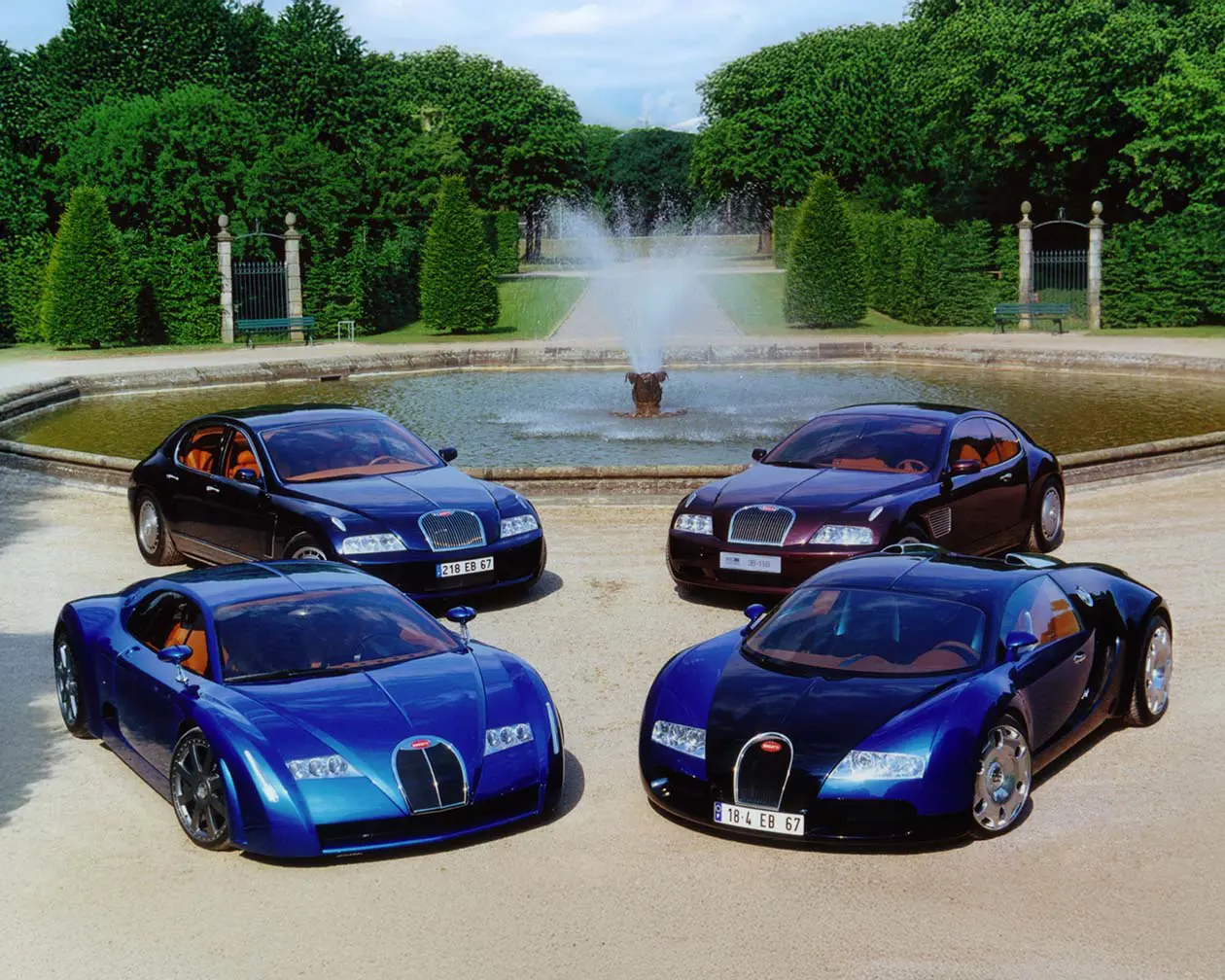
In 2005, the Veyron 16.4 established itself as a turning point, a technical and stylistic statement that challenged the impossible: exceeding 400 km/h while offering a comfortable, elegant and perfectly usable driving experience. But Veyron was not born suddenly. Rather, it was the result of a creative and design process that had begun years earlier, the result of the ambitious vision of Ferdinand Karl Piëch, then president of the Volkswagen Group.

It all began in 1997, during a high-speed train trip in Japan. It was there that Piëch, inspired by an unconventional mechanical concept, drew on an envelope the design of a W18 engine, a configuration never attempted before, destined to become the beating heart of the future Bugatti renaissance.
After Volkswagen acquired the brand in May 1998, that vision took shape through a series of concept cars that, between 1998 and 1999, explored different interpretations of the ideal car: powerful like no other, but at the same time luxurious and extraordinarily refined.
Bugatti EB 118
The first stylistic exercise was entrusted to Giorgetto Giugiaro of Italdesign, who presented the Bugatti EB 118 at the 1998 Paris Motor Show. A two-door coupé with an authoritative character, the EB 118 was distinguished by its elongated bonnet, necessary to house the imposing 6.3-liter W18 engine with 555 hp, mounted at the front.
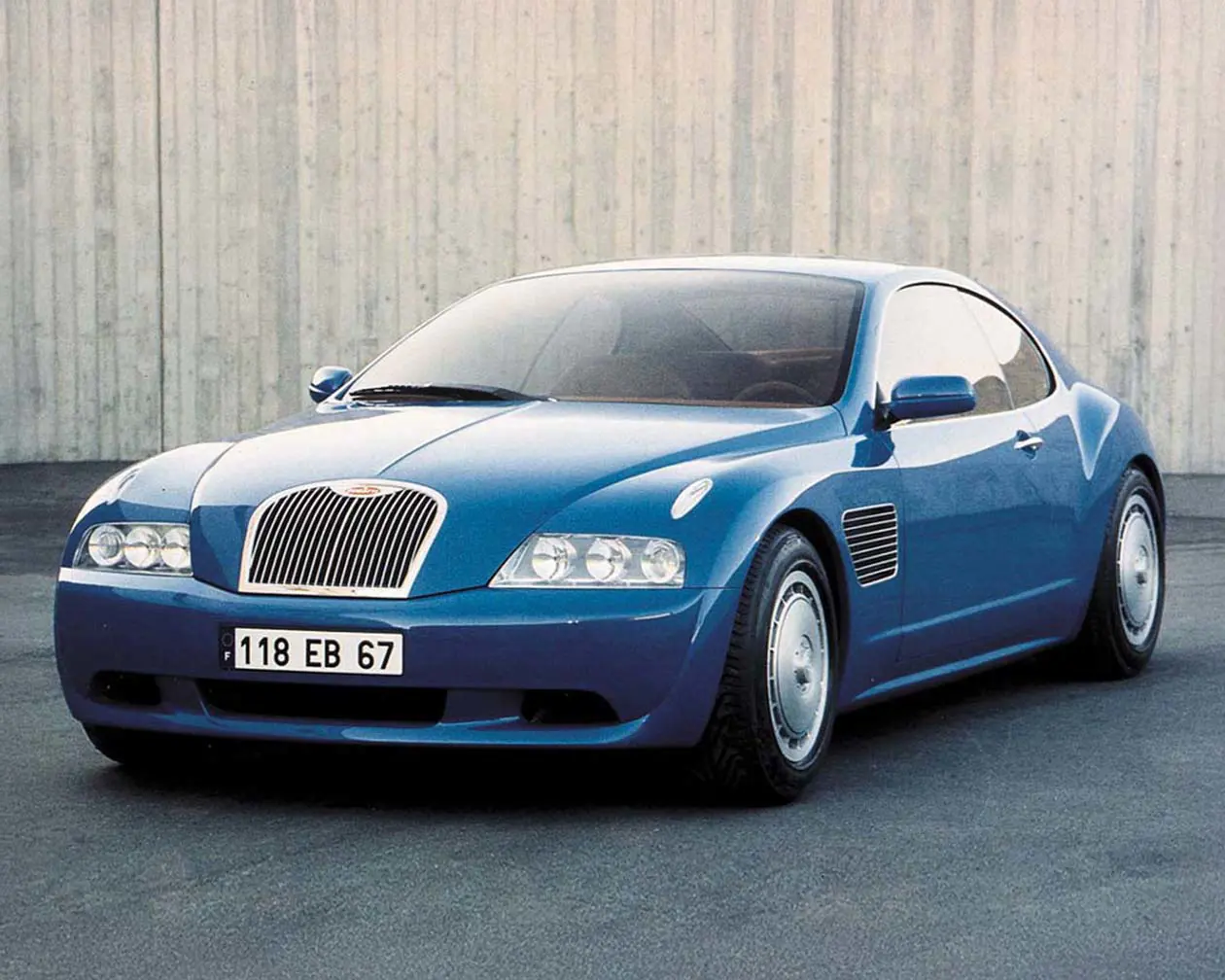
The arched line in the center of the bonnet recalled the famous "backbone" of the Bugatti Type 57SC Atlantic, while the cabin, inspired by Art Deco, combined craftsmanship and comfort, in perfect balance between tradition and modernity. With permanent all-wheel drive and state-of-the-art mechanics, the EB 118 represented the union between Bugatti's heritage and a new technological language.
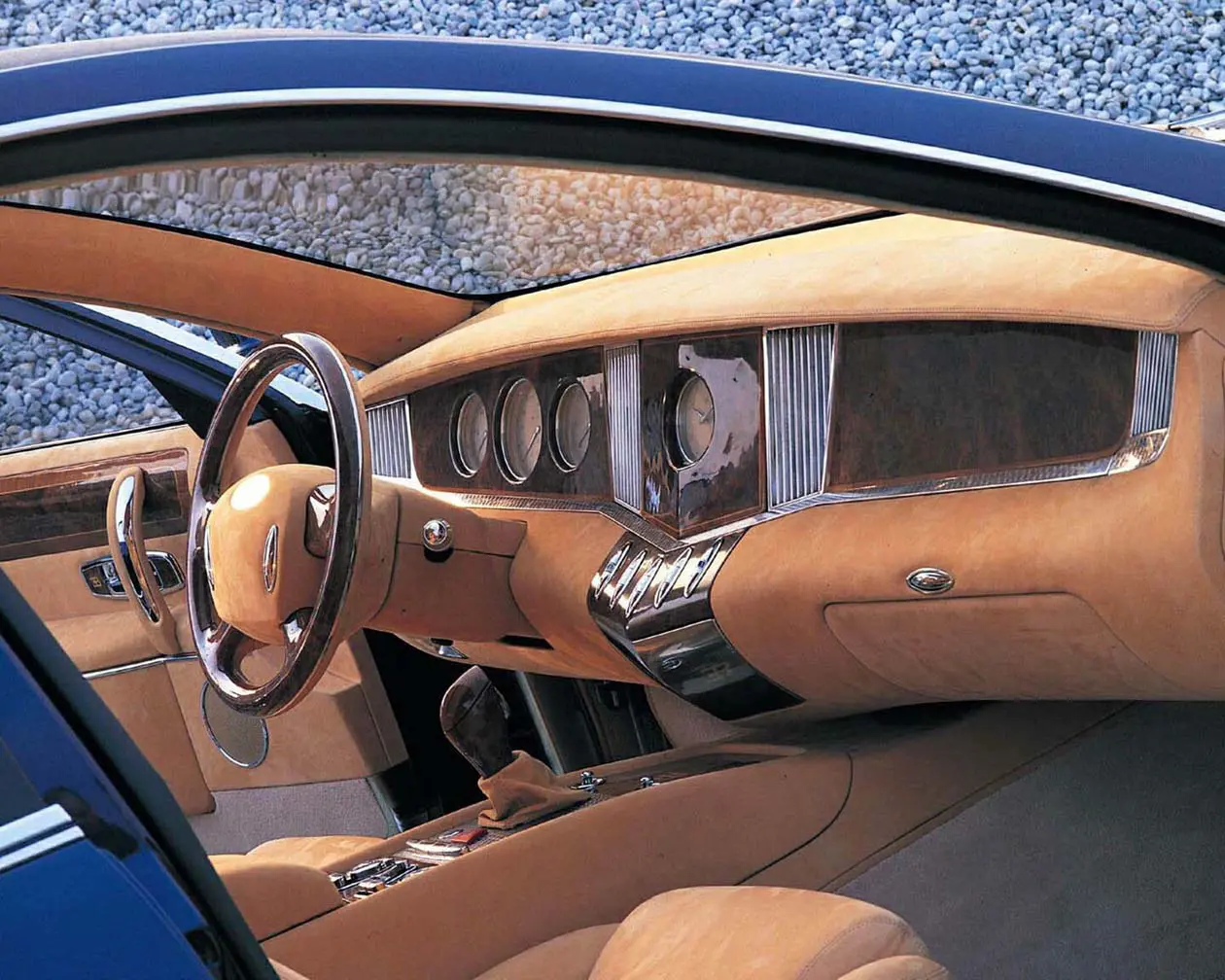
Bugatti EB 218
In March 1999, at the Geneva Motor Show, the EB 218 was unveiled, a luxury sedan version that took up the lines of the EB 112 of the Artioli era. Again, the unusual W18 beat under the bonnet, confirming the brand's desire to explore all possible variations of power and prestige.
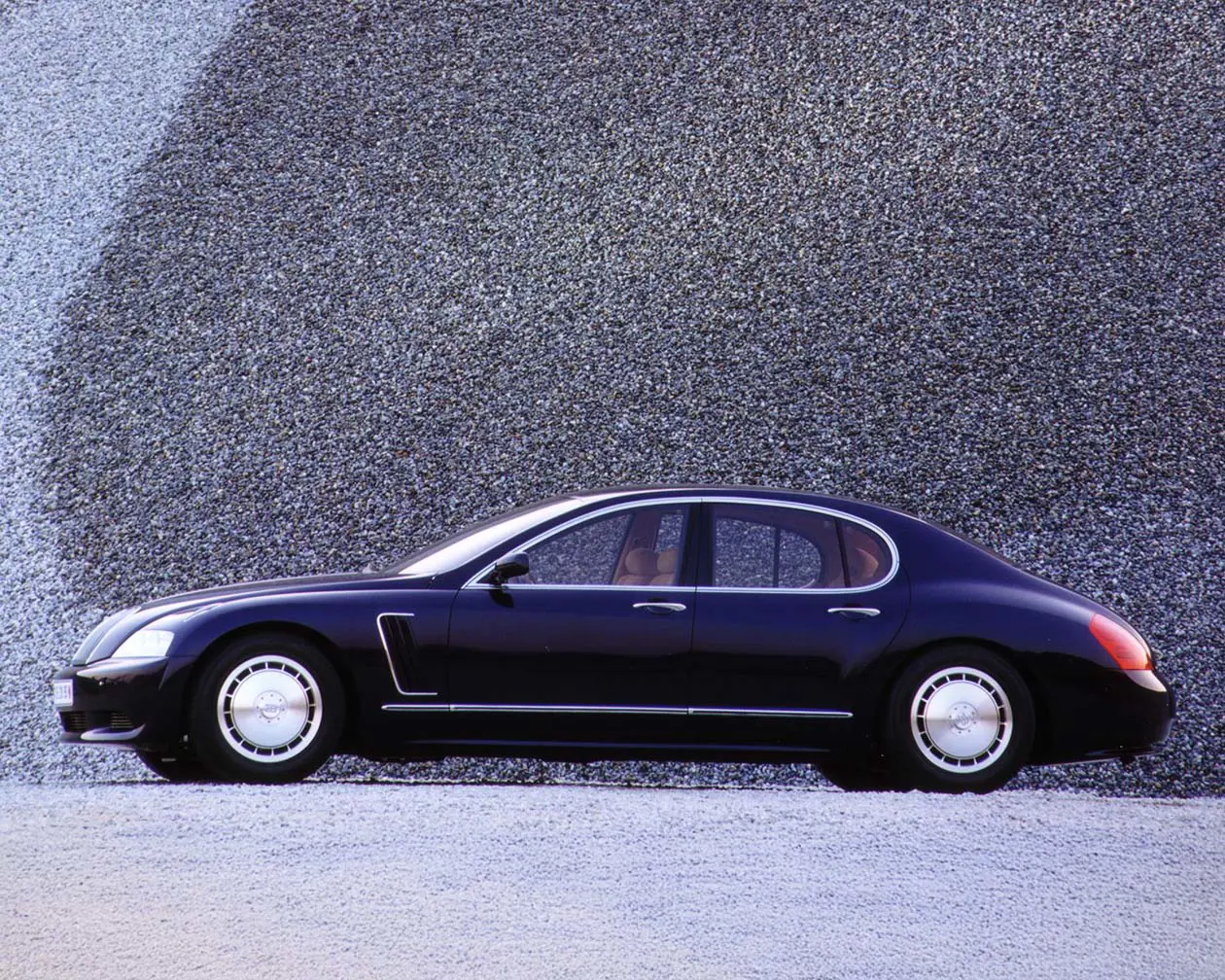
Longer than the EB 118 (a whopping 5,375 mm), the EB 218 introduced slight styling changes to suit its new limousine setting, offering a sophisticated vision of what could be a return of the Type 41 Royale in the twenty-first century.
Bugatti EB 18/3 Chiron
But it was in September of the same year, at the Frankfurt Motor Show, that a decisive turning point was recorded with the EB 18/3 Chiron, designed by Fabrizio Giugiaro. Compared to previous models, this concept car adopted a central rear layout for the W18 engine for the first time, placing itself as a true anticipation of the hypercar segment.
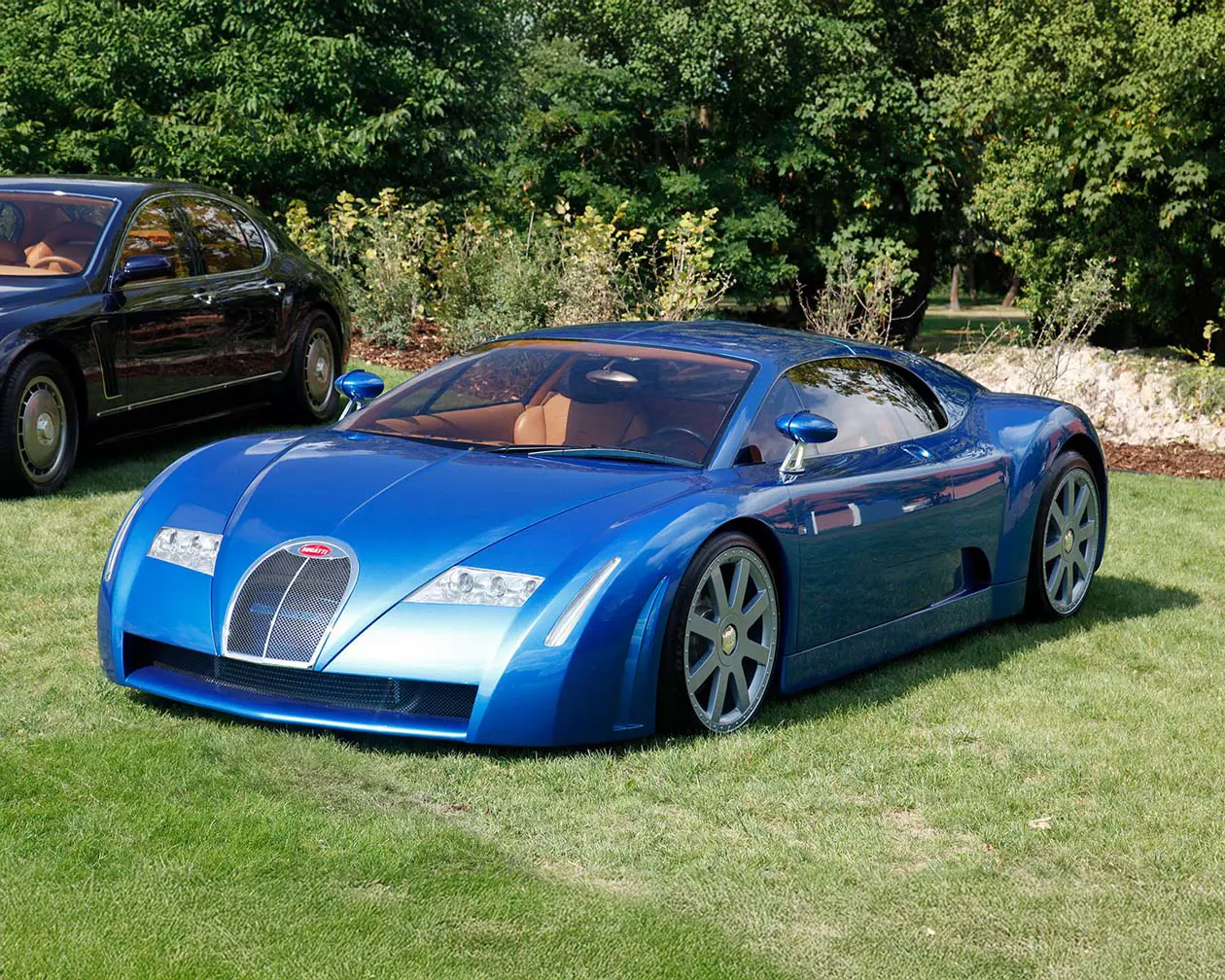
The design became more dynamic, compact, aggressive: a pure two-seater, with proportions typical of high-performance cars. Dedicated to Louis Chiron, the historic Bugatti driver of the thirties, this proposal looked clearly at the road that would lead to the Veyron, offering a concrete vision of how such an innovative engine could be used to enhance pure performance.
Bugatti EB 18/4 Veyron
The last stage before the birth of the definitive model came just a month later, in October 1999, at the Tokyo Motor Show, with the presentation of the EB 18/4 Veyron. This time, the pencil passed to the Volkswagen style center, under the guidance of Hartmut Warkuß, while the exterior was signed by a young Jozef Kabaň.
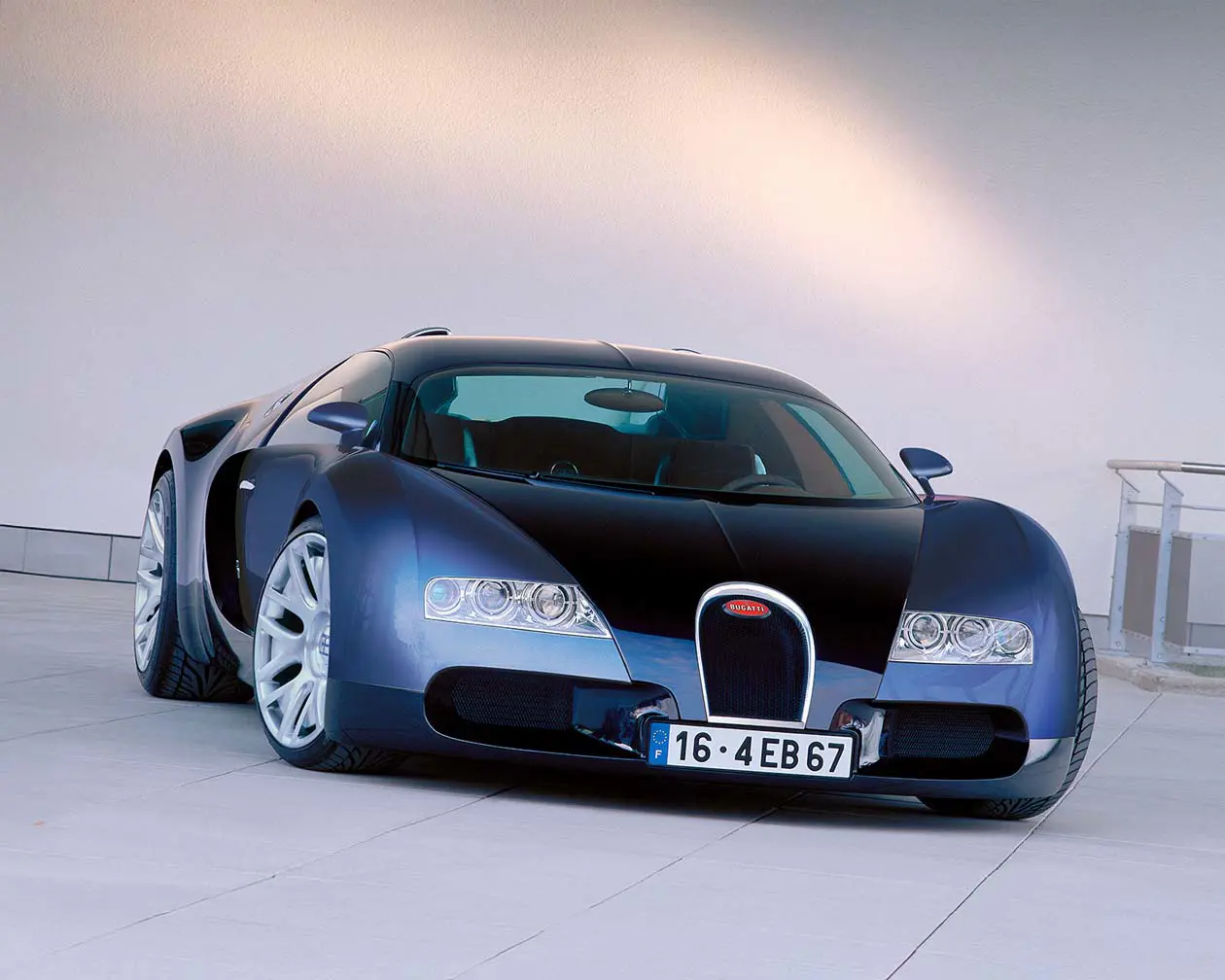
The EB 18/4 had smaller proportions and a compact, muscular line that anticipated the production model with surprising fidelity. It was the last prototype to feature the W18 engine, but thermal management and technical complexity difficulties led to a momentous decision: the development of a new 8.0-litre four-turbo W16 engine, capable of delivering 1,001 hp more efficiently, with unprecedented technical refinement.
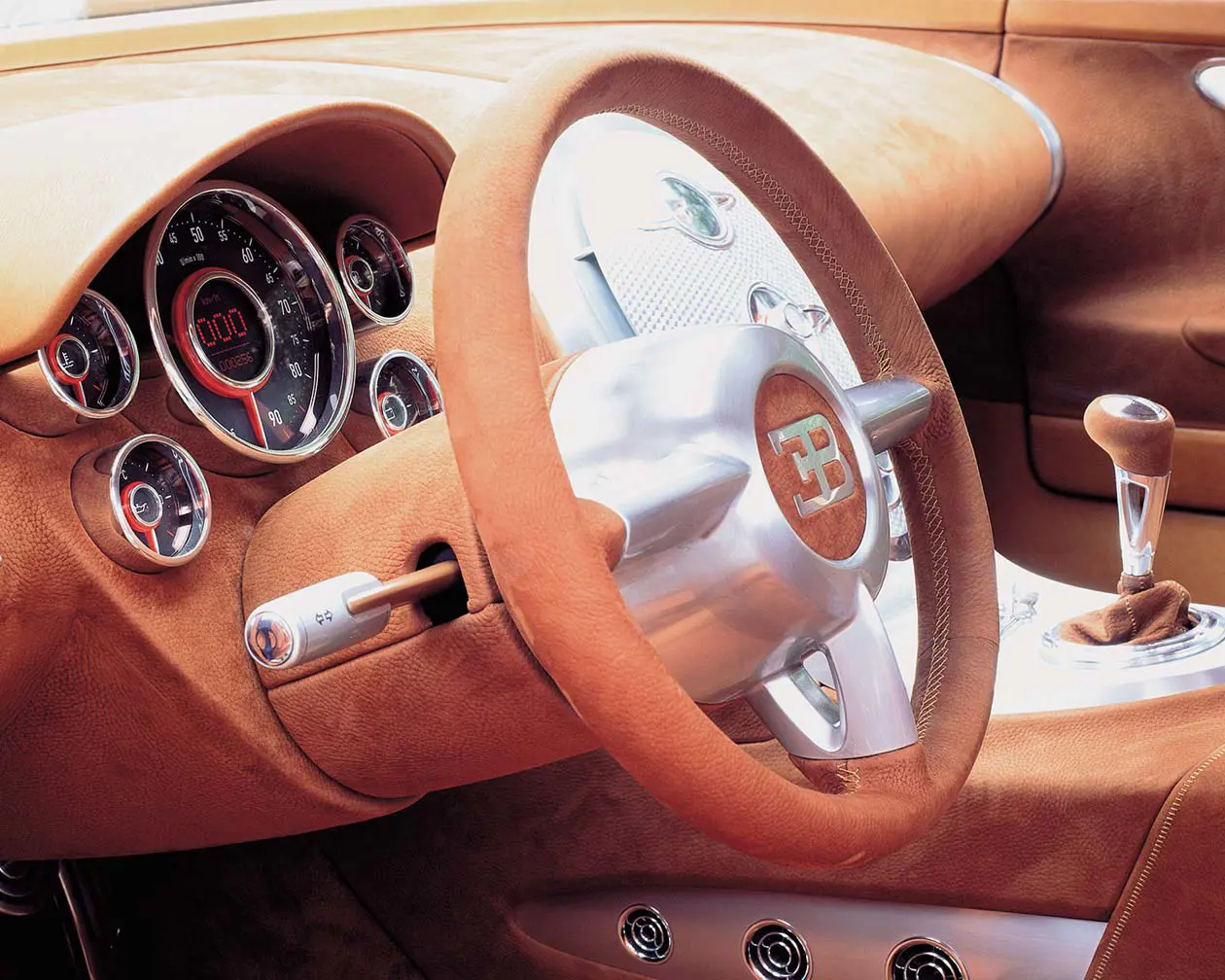
The name chosen for the production model, Veyron, was a tribute to Pierre Veyron, a Bugatti driver, test driver and engineer who, in 1939, won the 24 Hours of Le Mans aboard a Type 57C Tank together with Jean-Pierre Wimille. A direct link between the brand's sporting epic and the new era inaugurated by Piëch, sealing an identity coherence that unites past and future.
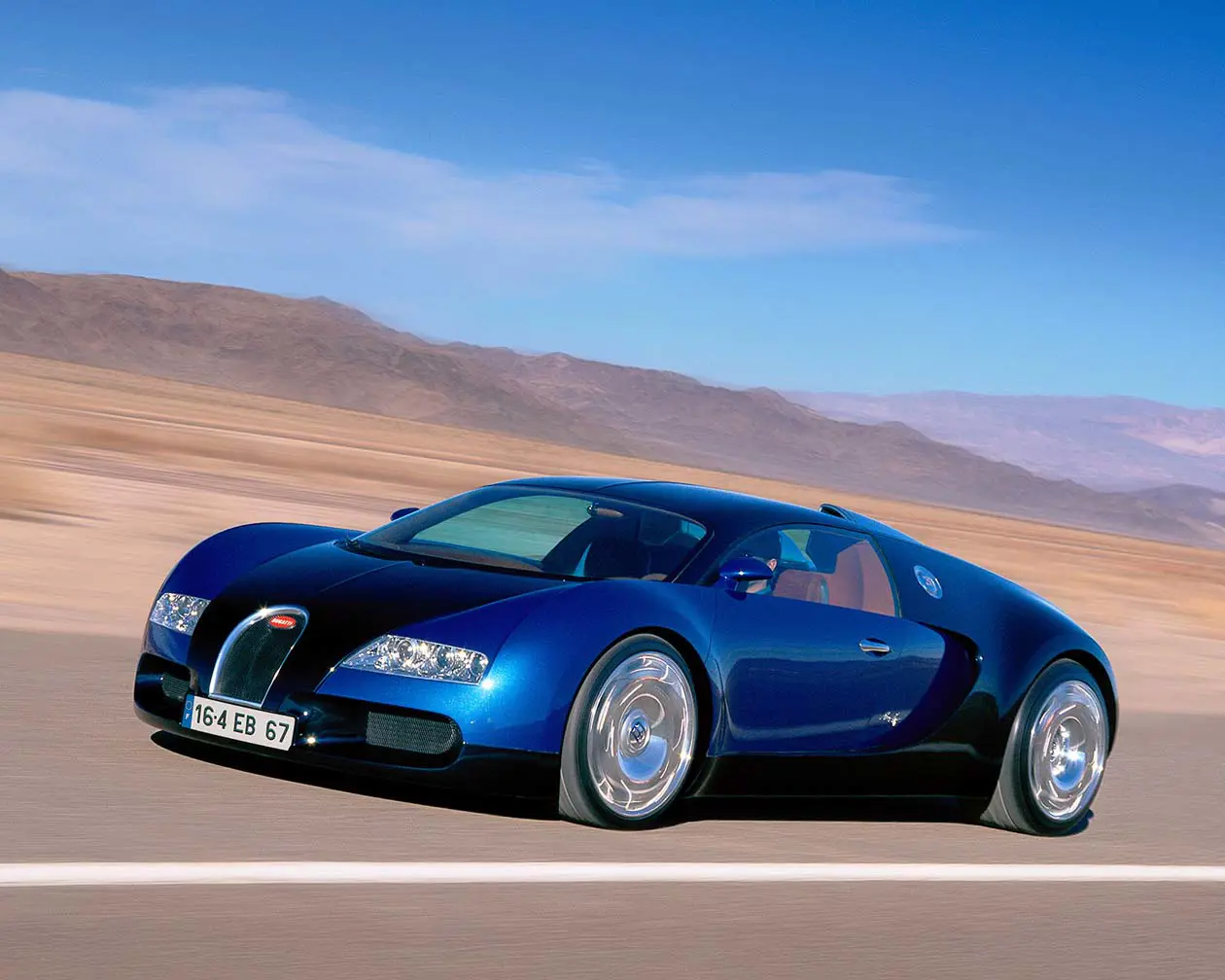
The path that led from the initial vision of the W18 engine to the Veyron 16.4 was a tribute to perseverance, ingenuity and fidelity to tradition. The concepts - EB 118, EB 218, EB 18/3 Chiron and EB 18/4 Veyron - were not mere exercises in style, but real milestones. Each of them tested a different direction: grand tourer, luxury sedan, extreme sports car, definitive synthesis. All of them contributed, in a decisive way, to giving shape to a car that not only celebrated the majesty of the Bugatti name, but forever redefined its meaning in the automotive world.By the editorial staff, Avion Luxury Magazine
Text source and photo: Bugatti Press Office
Partnership with Booking
Luxury Hotel
